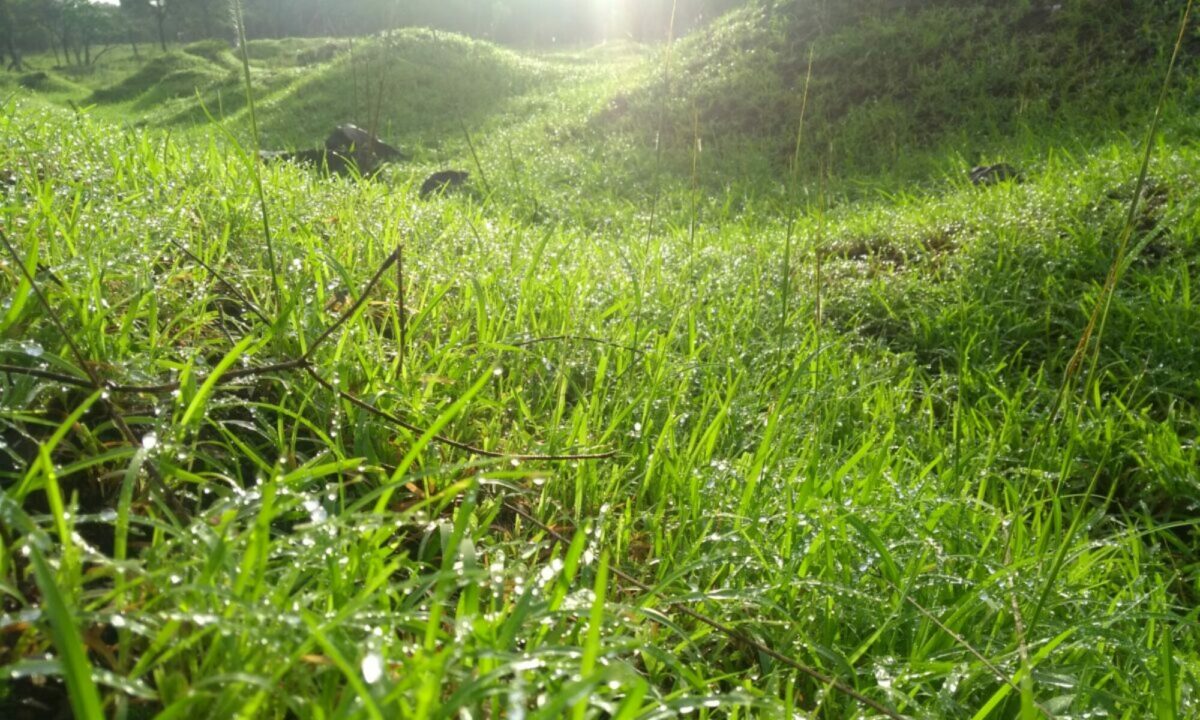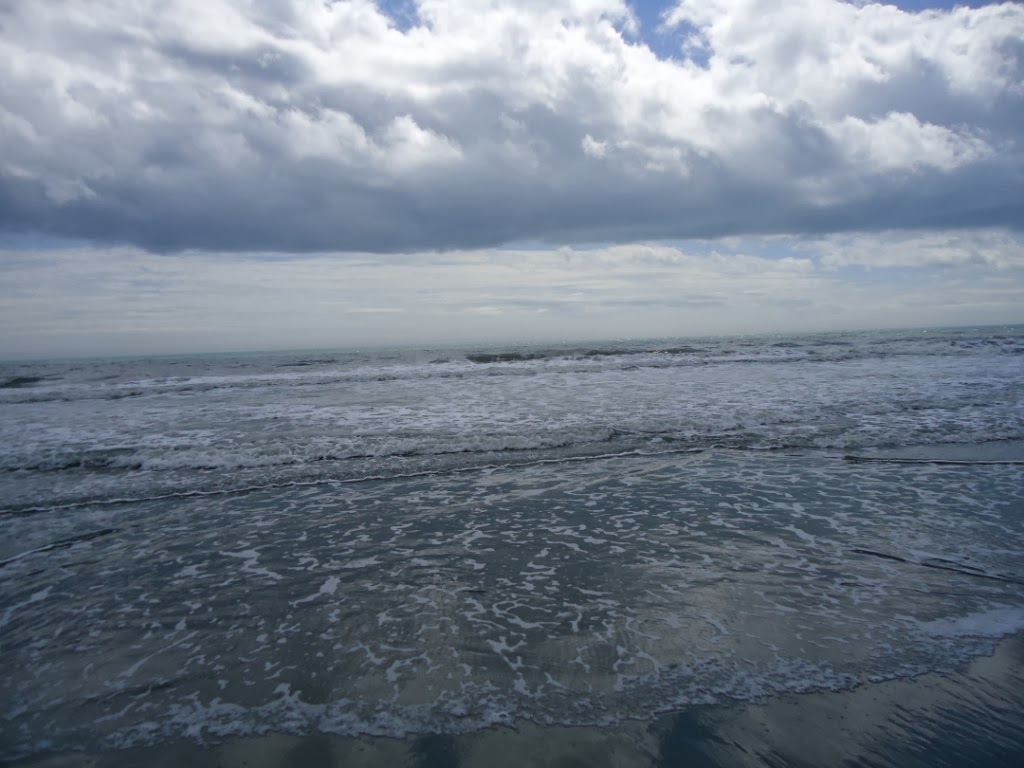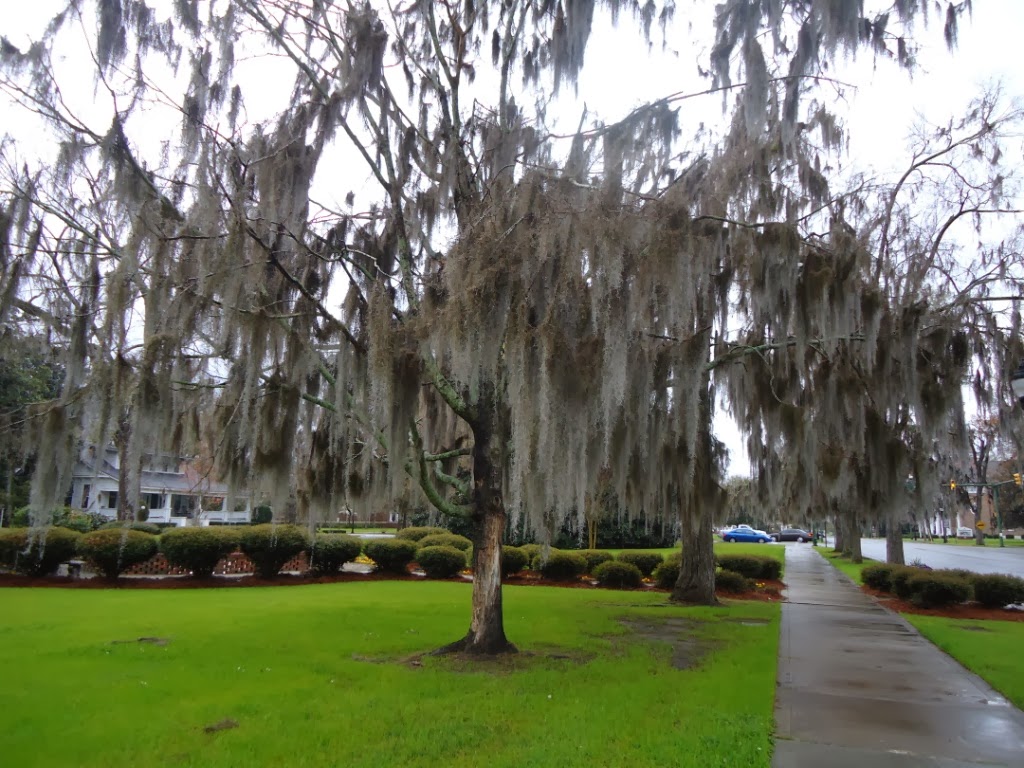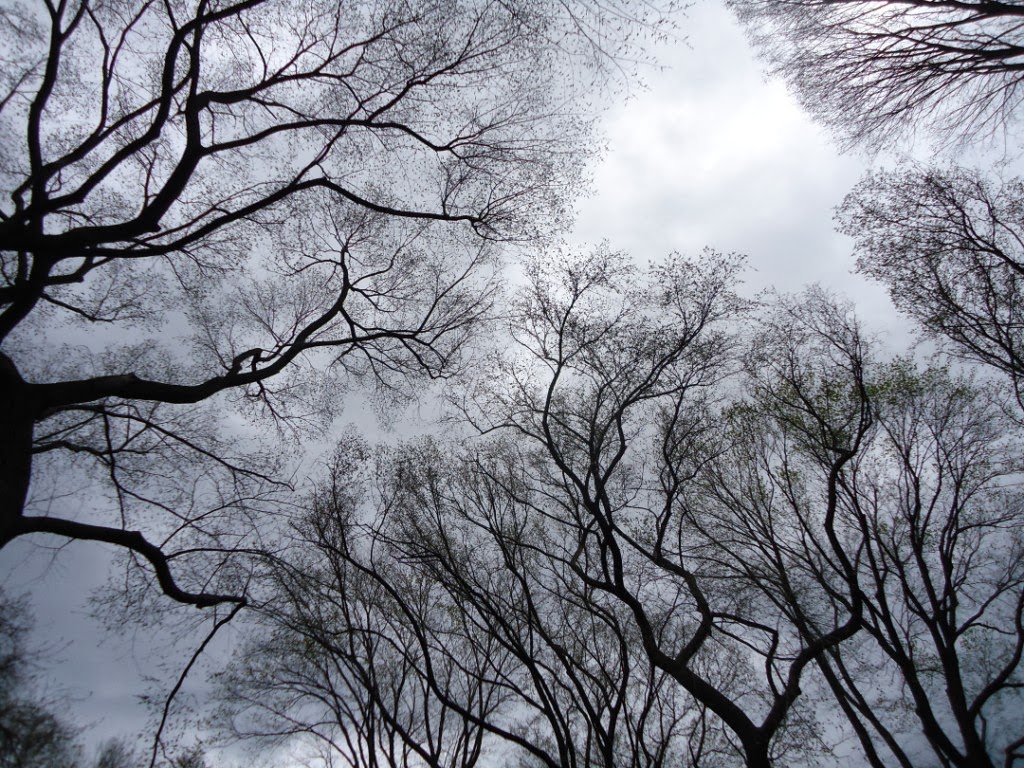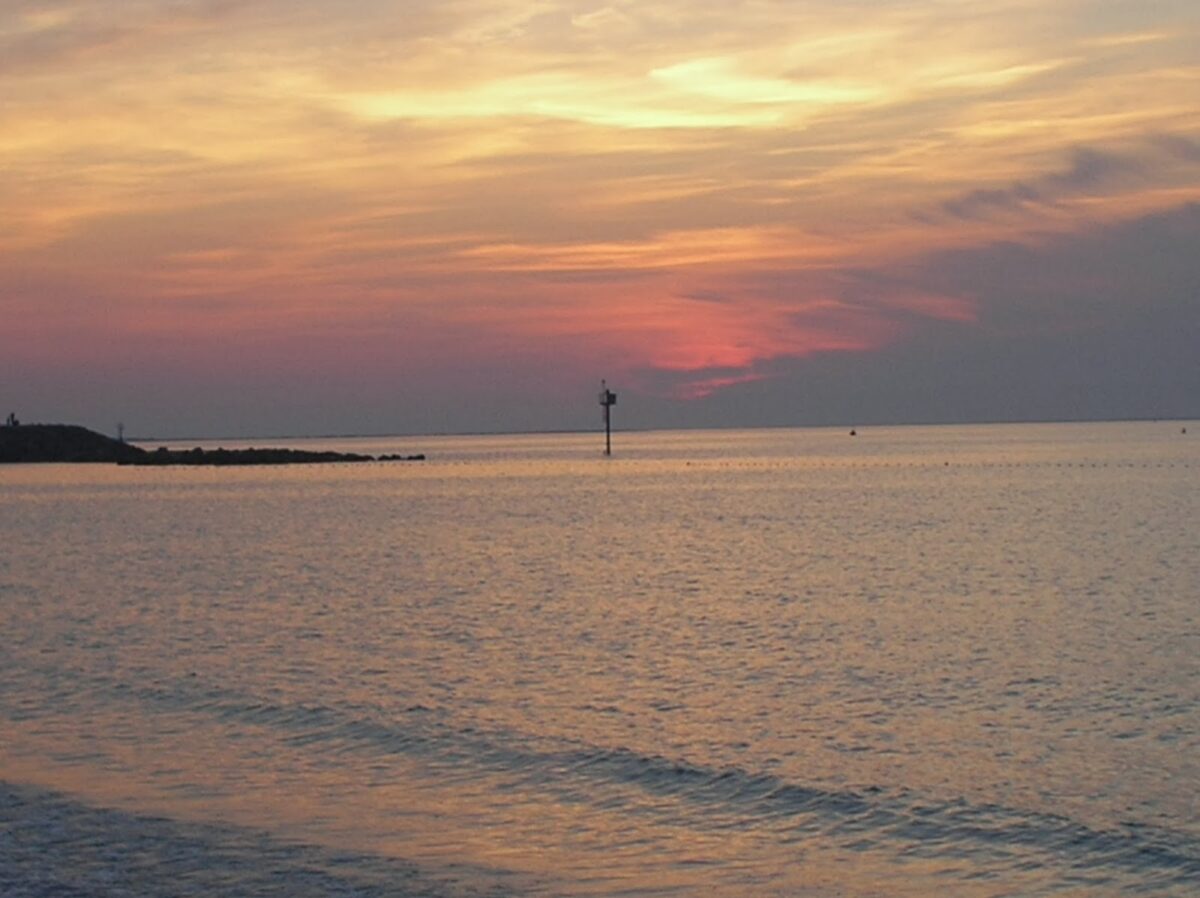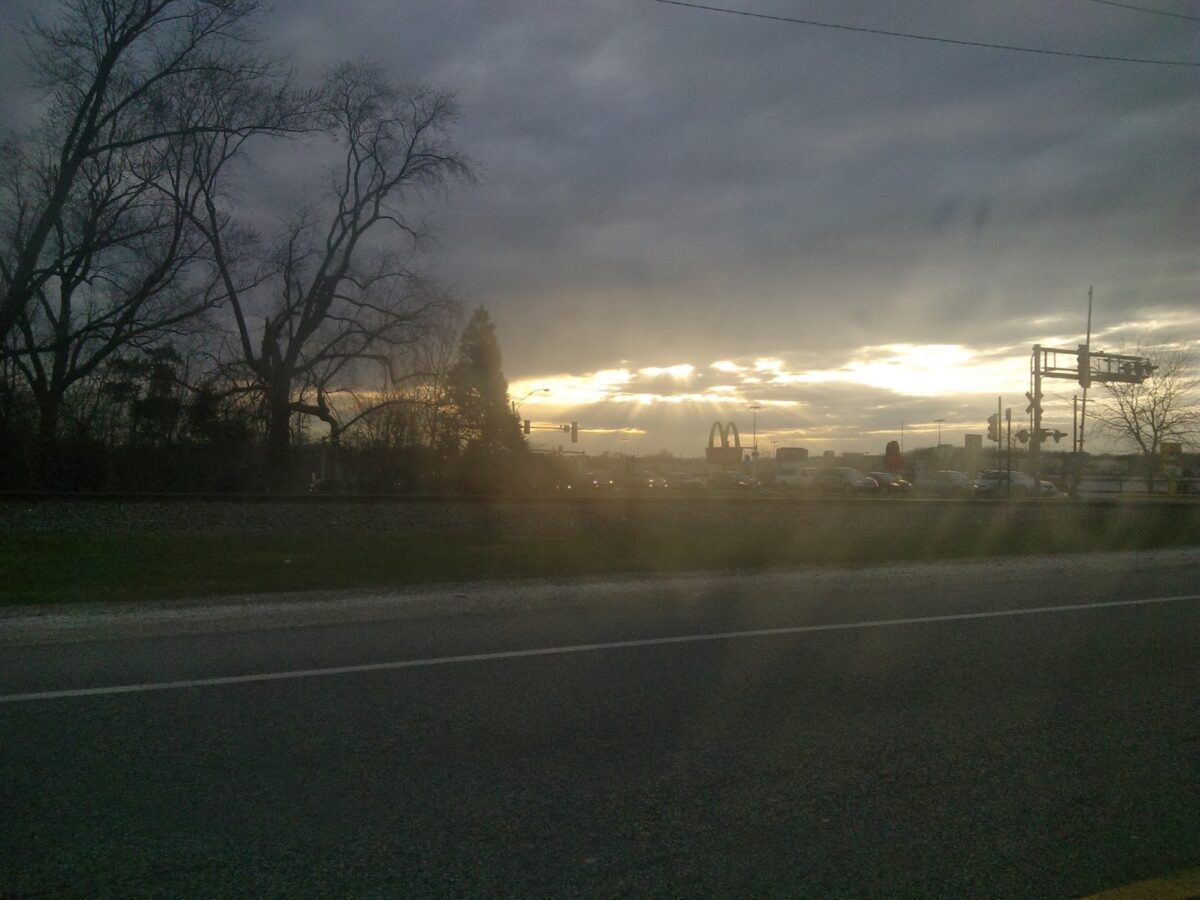
Wordless Wednesday
Wordless Wednesday
Wordless Wednesday
Wordless Wednesday
Stunning Stupas at Sanchi
Located in central India, Bhopal is the capital of Madhya Pradesh state and I had often transited this city during train journeys but had never actually stayed there. Sanchi is located to the north east of Bhopal at a distance of about 45 kms. It is home to the Buddhist monuments – the Stupas that show case Buddhist art and architecture. This is designated as Unesco World Heritage Site. It dates back to some time in the 3rd century BC and was constructed by Emperor Ashoka. After its hey day period, it was ignored and forgotten for several hundred years. It was re-discovered and then explored and developed by British Officers during the Raj. There are plenty of reviews and descriptions of this site available on the internet so I would not like to repeat those. This page on the website of the Archeological Survey of India offers excellent information.
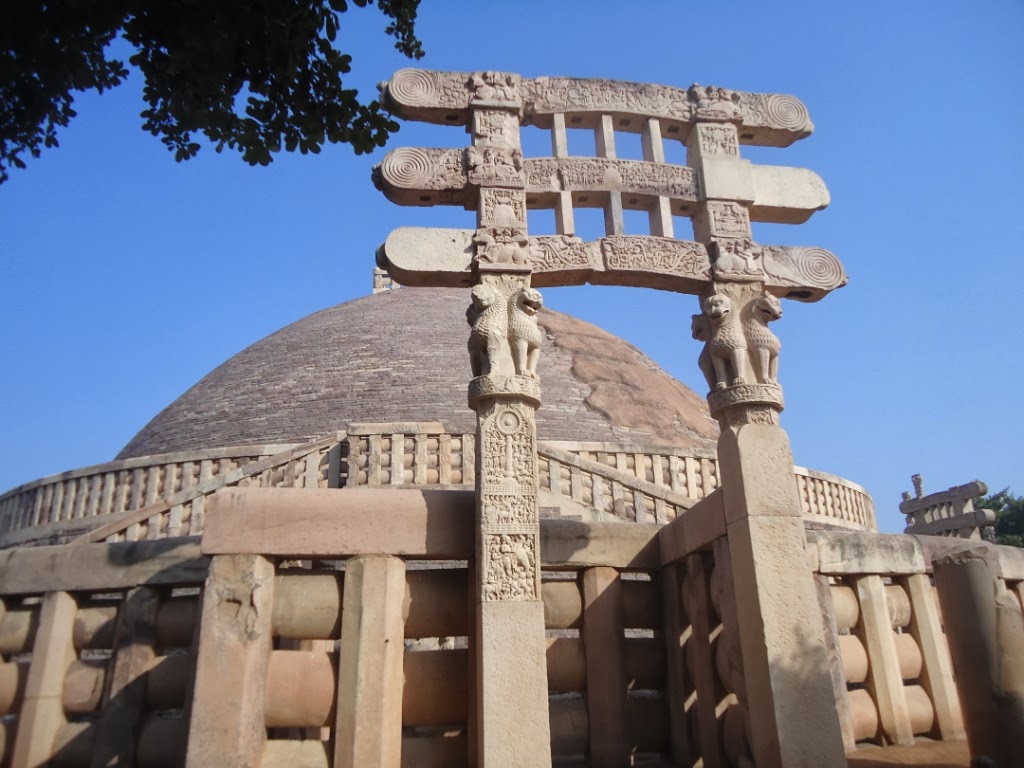 |
| Buddhist Monuments at Sanchi |
Sanchi is easily accessible by road from Bhopal. Entry is with a nominally priced ticket and the guard at the entrance politely told us not to eat inside. There is an excellent museum near the ticket hut but I suggest visiting it after seeing the Stupas. Its a very good idea to take services of a local guide as they have an uncanny knack of retelling the history of the place and bringing it alive.
The main stupa (Stupa 1) is said to hold the remains of Gautam Buddha and the other stupas are of his disciples. It is distinguished by its bigger size and by the triple umbrella (chhatravali) on its dome. It has four entrances (toranas) and the southern one is thought to have
been the principal entrance. The
other ones (east, west, north) were built later. Each gateway has two pillars (square with carvings on all sides) and a superstructure of curviform architraves (also carved with different stories).
Our guide brought attention to details inscribed on the pillars which relate the life and preachings of Gautam Buddha and Jataka tales. Parts of the site have been restored. At no site is the Buddha depicted in the form that we now know him to be but he is depicted symbolically. E.g. Umbrella held above the throne, dharma chakra, footprints etc.
If you happen to visit any place near Sanchi do make it a point to go there. It has a serene atmosphere and the Gautam Buddha’s ideas are conveyed in a very subtle manner via the carvings. There are beautiful seats under the trees that are ideal for this purpose. The skills of the artisans in years gone by is humbling especially considering that they did not have the so-called advantage of ‘modern’ technology. Dont miss the stone pillar with a mirror like polish or the huge stones that would have been hauled from miles away and then installed in its position or the interlocking cylindrical stones that form the peripheral boundary of the main Stupa. These are just a few examples. There are many more at Sanchi. .
This site has special walkways for visually challenged individuals and a sign post in braille. This is among the few places that I have seen that offers this facility for the differently-abled.
At the entrance is a small shop that sells some brochures and CDs that have extensive information and history of the site. However they do not have any significant mementos or fridge magnets (I am really partial to those!) which is sad considering that this is such an important destination. I do hope concerned authorities do something to rectify this. Rest rooms are available and there is small shop that sells basic food
items. So do go prepared with snacks or something to eat depending on
where you have travelled from.
Here is a slide show of some of some photos. It only gives a glimpse of the beautiful place and the images probably do not do full justice. Double click on the image for the slide show to open in a new tab… then its possible to read additional descriptions of the photos.
Considering my interest in trees, this blog will be incomplete if I don’t write about the trees I saw there. The most important is the Bodhi tree planted just at the entrance. There are several Khirni trees at Sanchi, all flourishing and their shiny dark green leaves glowed in the cool morning sun. I also noticed a Kalam (Mitragyna parviflora), lots of Bougainvilla and other trees usually used for landscaping. Here is a slideshow of the trees at the Buddhist monuments at Sanchi.
Enjoy!
Ticket Trauma
Sawai Gandharva
Bhimsen Mahotsava is a much awaited, annual musical
festival in Pune. It’s prestigious for the artists performing there but from my
experience getting tickets for the ‘chair’ can be something of a prestige as
well. Not for the money, no… The ‘sofa’ seats are priced much higher.
procuring the tickets. For some reason, tickets are only sold at a few select
outlets in Pune, and as of 2013 there is no online option for ticket sales.
baithak’ (sitting cross legged on the ground- usually covered with sheets)
‘Chairs’ and ‘Sofas’. These are in increasing order of prices.
pockets may find it economical but the ‘source’ of these sofa tickets is a closely
guarded secret. Probably a single phone call suffices if you know whom to
contact. A decade in Pune yet I am totally in the dark about ‘getting’ sofa
tickets. Probably I need to change the social circles that I move around in…
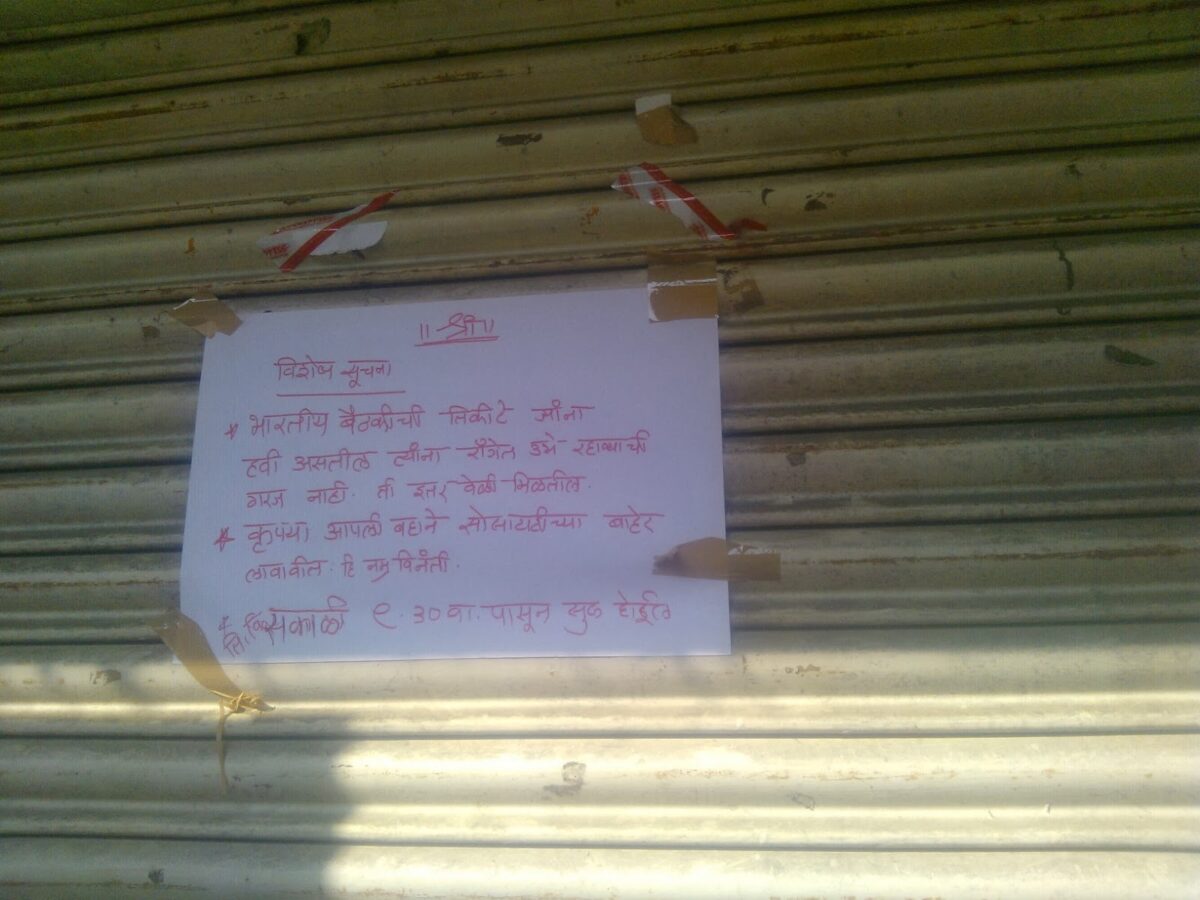
available and there is no space reserved for you by the organisers. It’s up to
you to reach the venue sufficiently early to spread your own ‘sheet’ thus
‘reserving’ that space for yourself and your group. The others can come in
later armed with bolsters, pillows, snacks, warm clothing, reading material, iPod, iPad,
knitting or whatever they need to enjoyably spend the following five hours of
that day.
year, the season ticket entitles you to sit on a specific Chair for all four
days/five sessions. If you think you can stroll in post-breakfast at one of the
outlets to purchase a ticket then Good Luck to you! Let me narrate what
happened at one of the ticket outlets this year.
idea to go there comfortably post-breakfast to buy your tickets. Since there
are a limited number of tickets to be sold, one can return empty handed after 11ish in the morning (we have faced this earlier). Enthusiasts gather there from the
wee hours itself to get the coveted tickets. We reached at 4 AM (it seemed an early enough
hour) but found ourselves to have been beaten by 9 others! Now remember what
seems like nine may be more because one person may stand in for two others who
come by later at a more human hour!
As Sunrise approached the line slowly
became longer. Unluckily the tapris located nearby that would have provided
much needed chai were demolished just the previous day by the Anti-encroachment
squad.
The lucky ones had someone to ‘replace’ them so they could go home for tea and breakfast. Some had their domestic help reach the store 3 or 4AM and came themselves just as the TV reporters arrived! That was some timing!
healthy conversations ensued about merits of the performing artists. This is Pune and everyone has an opinion. The queue took the form of an amoeba that kept
changing its shape to accommodate the sweepers or the delivery vans to the
stores. All were hopeful and time passed quickly. We were quite sure this ‘shape’
would align itself into a proper single file come 9.30AM.
vehicle or person was suspiciously viewed to be the one bringing the goods. Four hours had flown by but the last few minutes seemed to drag on… A
mini truck came by, it was surely too big to be carrying tickets?? Another
gentlemen came at about 9.15AM on a scooter with a huge bag – that seemed more likely
and he had a very official bearing as well. Minutes went by but he kept standing by his
vehicle. Our eyes followed his every move and then suddenly he took out packets
of Chivda and began counting them….
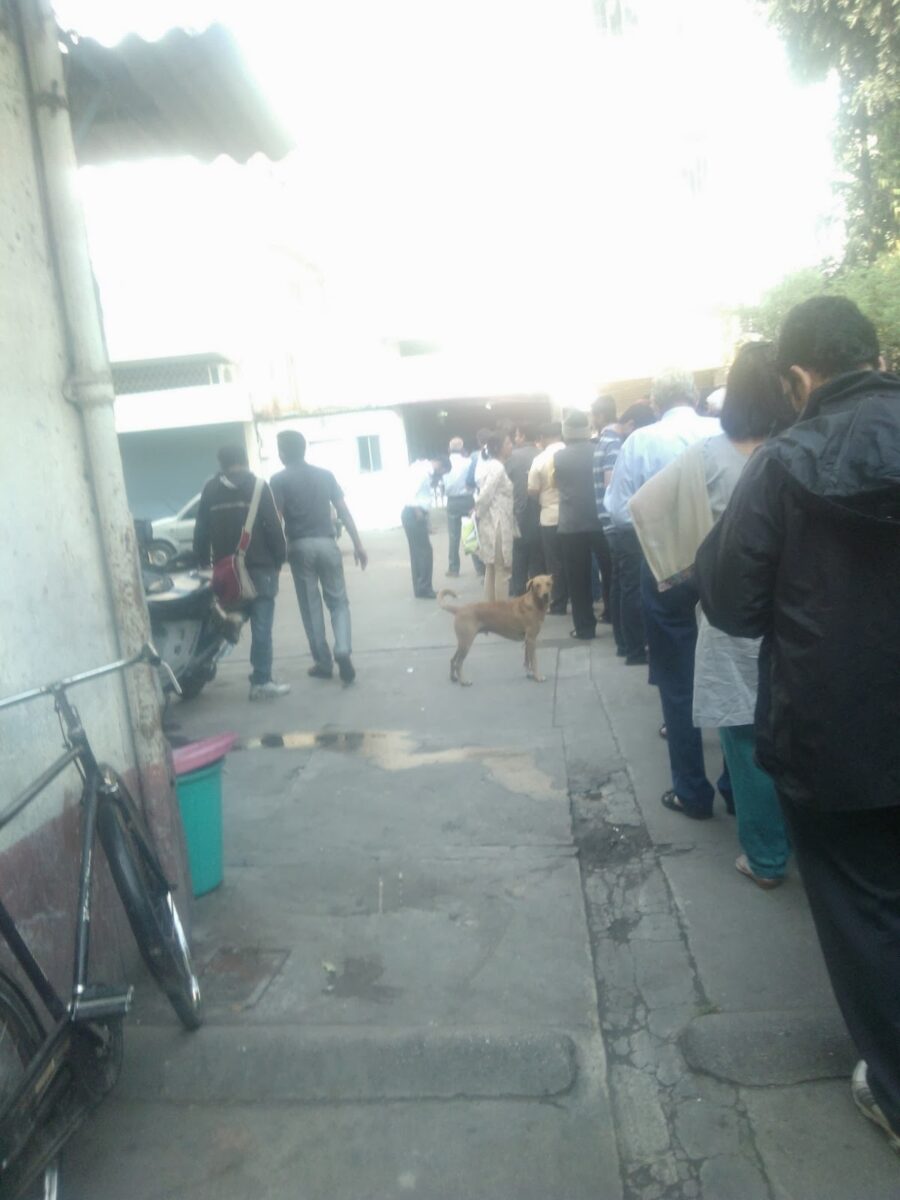
shutters of the shop stayed firmly closed. Did the notice mean 9.30 AM on 05
Dec 2013 specifically? Someone noticed
that the shop had a rear entrance and some sounds could be heard from the
inside. Yeah! Word rapidly spread down the line (yes we were in a queue now) that
the store is about to open. After all this while, every second seemed like
hours now. Many minutes later the steel frame still stared at us.
Murphy too had arrived!! The store owner came before us, apologised to say that he
had lost the store key and ‘could we please wait some more?’
last waiting person one of the early birds produced a key from his pocket “Is
it this one?”
gentleman explained that he had found the key at the doorstep of the shop when
he reached there at night. Assuming it to belong to one of the owners he kept
it aiming to return it in the morning. The entire group heaved a palpable sigh
of relief!
further!
ticket sale proceeded rapidly. Just as it was our turn, two very old and frail ladies turned
up requesting to be given tickets out of turn citing senior citizen privileges.
When asked one of them said she wanted two tickets. No one had the heart to
turn down her request. Gratefully she went in and asked for four tickets!
Now would the second lady go in too?
every one… We got our tickets and returned home triumphant. There was only a
small stack of tickets to be sold and I hope everyone in the queue got what
they wanted.
the Sangeet Mahotsav!
Here is the link to the Mahotsav website: http://sawaigandharvabhimsenmahotsav.com/
But in this day and age, why can there not be a more user friendly method to sell tickets? If it already exists, then music lovers should be informed about it.
Agree?
Yes, I can
This challenge seemed to be just what the Doctor ordered.
I am quite proud to have got this far, challenges withstanding. The main one was that I was travelling extensively across oceans and did not always have access to the Internet. Yet with some prescheduling and planning, I have made it to the letter Y. The family helped by suggesting topics and even allowing me to use photos. Some posts were changed at the last moment while some held at the first draft.
I have visited many interesting blogs and found interesting themes. Its been a wonderful ‘global’ experience.
A big Thank You to the April A to Z Blogging Challenge organisers.
Happy Blogging everyone!
Unexpected
Or so we thought…
Flight cancellations do occur often due to weather. But as we learnt recently, and the hard way I might add, flights are cancelled when workers go on a strike. Its not at all pleasant to learn about flight cancellations when in a foreign city, at the fag end of a vacation, and when its a weekend and office hours have ended. There was no one to answer queries and our calls to customer care meant being on two-hour long ‘hold’. While our flight was on the next day, we had to end the suspense which entailed personally going to the airport and rebooking. Thankfully the airline executive manning the ticketing counter was very helpful despite being past her working hours. We were given confirmed tickets on another airline and now have returned home safely.
Lesson Learnt: Do carry addresses, working hours and contact numbers of local airline offices when travelling. If possible verify your booking on a working day during working hours before your actual flight. Usually airlines to offer alternatives hence one should know where to contact them as we learnt the hard way that customer care phone-calls though toll-free, are practically impossible to reach.
On another note, here is cool apparatus that we picked up on the above journey. Its a strap to carry a hand sanitiser that can be affixed to a purse or handbag. No more searching inside a bag/purse. This is from Bath & Body Works and is available in many different attractive types.
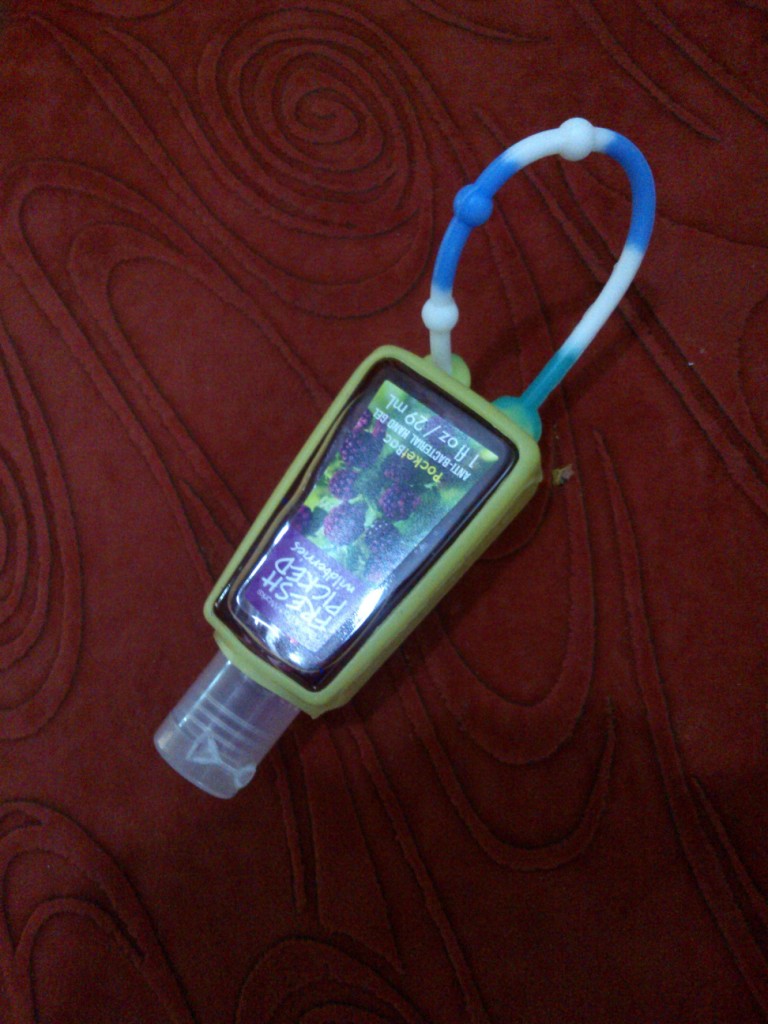
Happy Travelling!
Panchgani Plateau
Panchgani is home to a vast flat area of lateritic rock situated at a height that is called the Table Land. Its easily accessed and the view across the countryside is splendid. Watching the sun rise from here is marvelous, well worth the slight climb up. Come the rains, the area probably is full of ephemeral blooms akin to the Kas Plateau.Walk around the plateau or simply do your Pranayam. A lovely uplifting experience!
Here are some images that may tempt you to visit the place.
